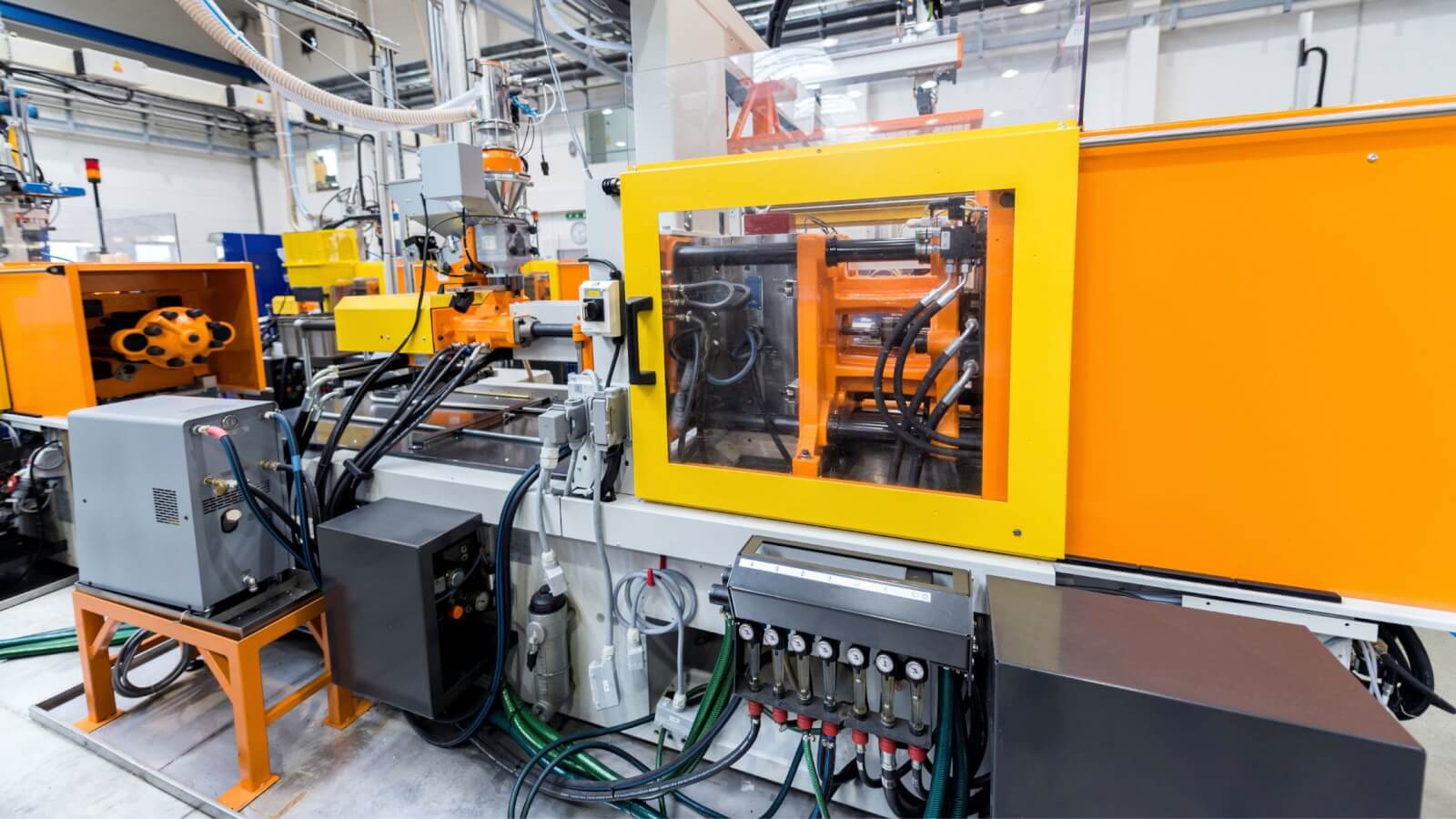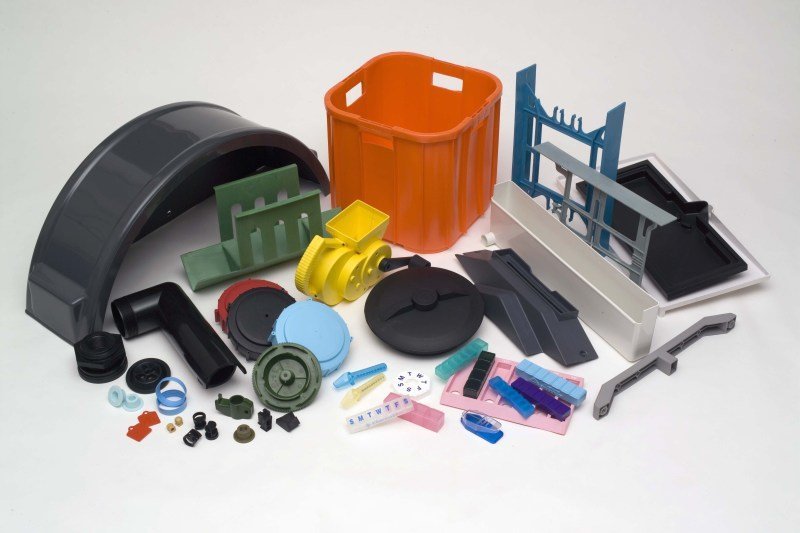Recognizing the Plastic Injection Molding Process for High-Quality Manufacturing
Recognizing the Plastic Injection Molding Process for High-Quality Manufacturing
Blog Article
The Future of Plastic Injection Molding: Developments and fads to See
As the plastic injection molding market progresses, a number of vital trends are emerging that pledge to improve its landscape. Automation and clever production techniques are readied to enhance productivity, while the shift towards lasting products mirrors an expanding ecological awareness. Additionally, improvements in 3D printing are leading the way for unmatched style versatility. These developments likewise bring forth difficulties that require careful factor to consider. Recognizing just how these components will communicate and influence future practices is essential for stakeholders wanting to navigate this transformative duration successfully.
Automation and Smart Manufacturing
As the plastic shot molding market develops, automation and smart production are taking spotlight, changing manufacturing processes - Plastic Injection Molding. The assimilation of sophisticated technologies such as robotics, IoT (Net of Things), and synthetic knowledge is allowing manufacturers to improve efficiency, lower operational costs, and enhance product high quality. Automated systems streamline operations, reducing hand-operated intervention and raising throughput, which is important in fulfilling the increasing need for rapid manufacturing cycles
Smart manufacturing innovations facilitate real-time tracking and information analysis, permitting companies to enhance equipment performance and anticipate upkeep needs. This positive approach not only decreases downtime but likewise expands the lifespan of devices. In addition, using collective robotics, or cobots, improves the adaptability of production lines, allowing machines and workers to run alongside securely and efficiently.
The adoption of automation in plastic injection molding is not simply a pattern yet a critical vital for organizations intending to remain competitive in a worldwide market. By taking advantage of these modern technologies, makers can achieve higher precision, decrease waste, and adapt quickly to altering customer demands, positioning themselves for lasting development in a progressively automatic future.
Sustainable Materials and Practices
The push in the direction of automation and clever production has actually led the method for a higher focus on lasting products and methods within the plastic injection molding industry. Firms are significantly looking for environment-friendly options to standard petroleum-based plastics, causing the adoption of bio-based and recycled products. These lasting materials not only lower ecological effect yet likewise line up with consumer need for greener products.

In addition, partnership in between makers, product distributors, and ecological companies is cultivating technology in the growth of lasting products that satisfy efficiency requirements without jeopardizing high quality. As guidelines around plastic usage end up being stricter, the industry is poised to adjust by embracing these sustainable methods, guaranteeing long-term viability and reducing dependence on non-renewable sources. The combination of sustainability into plastic injection molding is not merely a trend; it is ending up being a vital element of corporate responsibility and functional excellence.
Advancements in 3D Printing
Current innovations in 3D printing innovation are substantially transforming the landscape of plastic injection molding. Impossible or as soon as difficult to accomplish through conventional approaches, the combination of additive manufacturing procedures allows for the fast prototyping of complex geometries that were. This capacity not only accelerates product advancement cycles but likewise lowers material waste, aligning with the growing demand for sustainable production practices
Moreover, the appearance of crossbreed manufacturing techniques, which integrate 3D printing and injection molding, uses producers the ability to produce detailed styles while keeping the efficiency of mass manufacturing. This approach allows the manufacturing of customized parts tailored to details important link customer demands without giving up the speed and scalability that injection molding supplies.
Additionally, developments in products, such as high-performance polymers and compounds particularly made for 3D printing, are enhancing the practical capacities of published components. These materials can stand up to better stress and exhibit enhanced thermal residential properties, making them suitable for more demanding applications.
As 3D printing remains to progress, its assimilation right into plastic shot molding procedures assures to enhance productivity, reduce expenses, and foster advancement in item layout, placing suppliers to much better fulfill the obstacles of an open market.
Information Analytics and IoT Assimilation
Information analytics and the combination of the Web of Points (IoT) are revolutionizing plastic injection molding by providing suppliers with unprecedented understandings right into their procedures. By leveraging real-time information gathered from interconnected makers and click here now sensors, producers can keep track of performance metrics, identify ineffectiveness, and enhance production processes. This data-driven approach promotes anticipating upkeep, decreasing downtime and extending equipment life-span.
In addition, IoT integration enables boosted quality assurance. By constantly tracking variables such as cycle, temperature, and pressure times, suppliers can promptly discover discrepancies from developed specifications and make adjustments in actual time. This not just enhances product consistency but additionally decreases waste and scrap prices.
The combination of data analytics and IoT modern technologies also encourages producers to take on more agile manufacturing techniques. With accessibility to extensive information analytics, organizations can respond to market demands with higher adaptability, changing manufacturing routines and arrangements as needed. This versatility is important in a swiftly changing manufacturing landscape.
Modification and Design Flexibility
Just how can personalization and style flexibility boost the competition of plastic injection molding? Customization permits producers to meet details customer needs, suiting unique measurements, shapes, and functionalities that typical items may not accomplish.
Improvements in design modern technologies, such as computer-aided style (CAD) and quick prototyping, additional bolster this fad. These tools make it possible for designers to develop elaborate patterns and intricate geometries, which can be effortlessly integrated right into the manufacturing process. Because of this, makers can react quickly to transforming consumer choices and market demands.
Additionally, the execution of modular tooling systems improves layout flexibility, permitting quicker changes in between different product layouts without extensive downtime. This versatility can bring about decreased preparations and reduced production expenses, making firms more affordable and nimble. Ultimately, accepting customization and design flexibility in plastic my latest blog post injection molding not just boosts product offerings but likewise reinforces market positioning in an ever-evolving landscape.
Conclusion
The future of plastic shot molding is identified by significant developments in automation, sustainable practices, and cutting-edge products. Personalization with modular tooling and fast prototyping will enable suppliers to continue to be responsive and competitive to the vibrant needs of the market.

The future of plastic injection molding is characterized by considerable innovations in automation, sustainable practices, and ingenious products.
Report this page